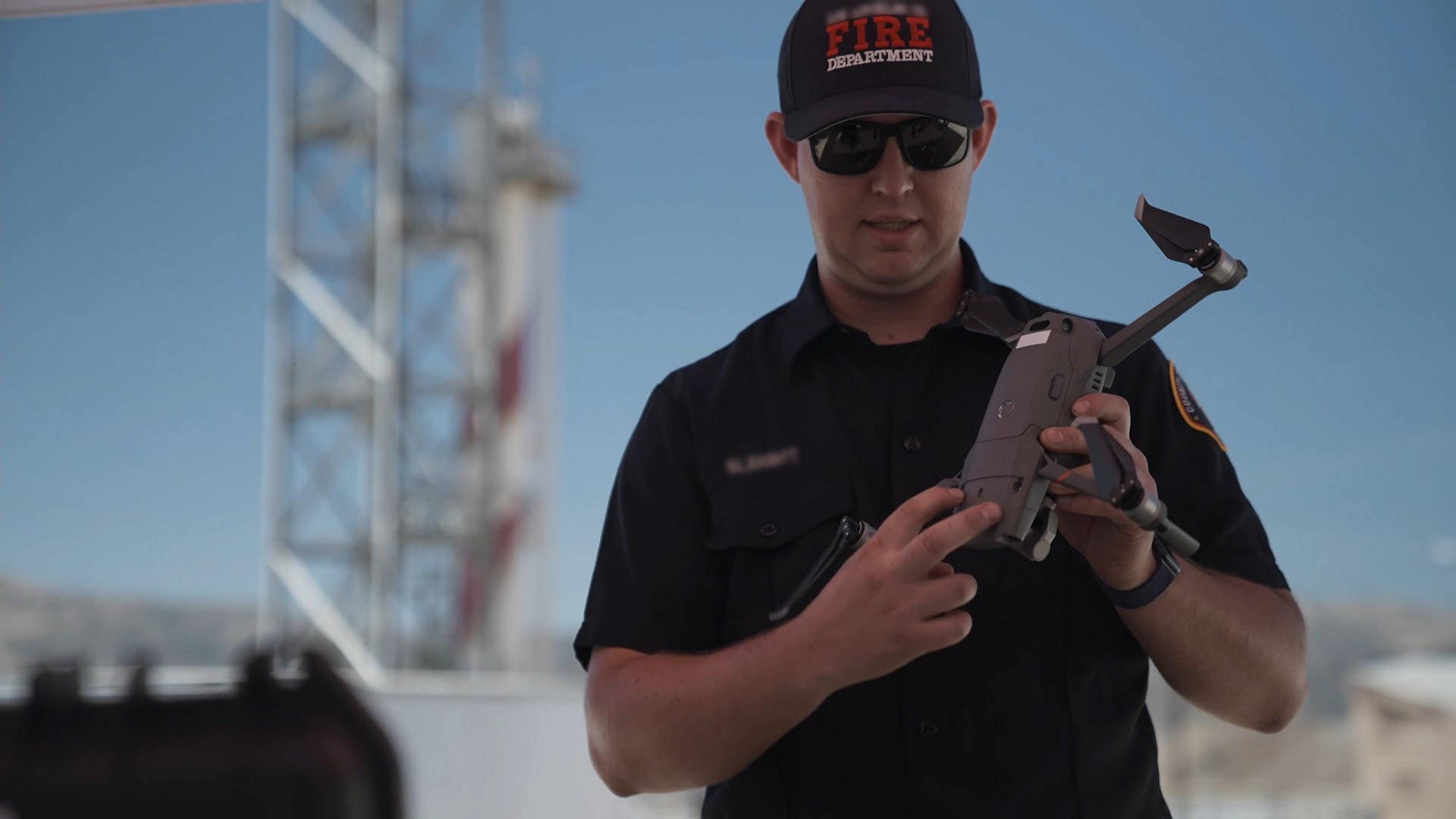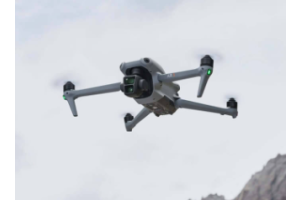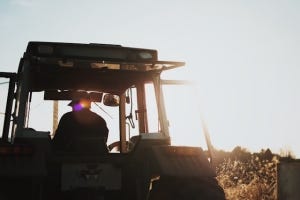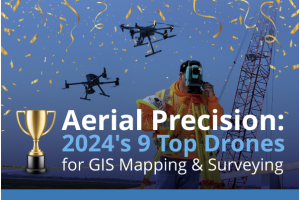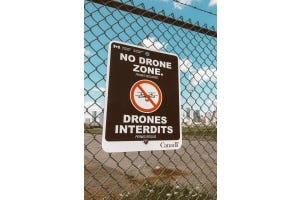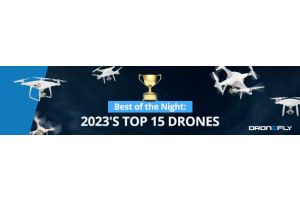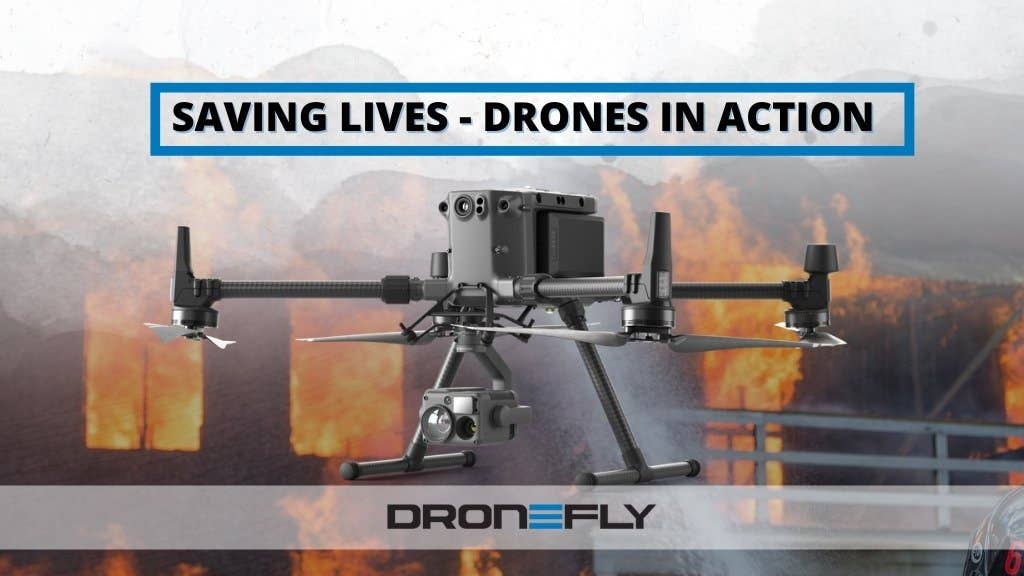
When a 14-year-old boy from New York went missing in Jacob Riis State Park, his mother was concerned and sought assistance from the police. The NYPD's Aviation Unit swooped in and began scouring the area with a drone outfitted with thermal imaging cameras. The boy was found and reunited with his parents within 10 minutes, uninjured and safe.
Such heartwarming tales restore our faith not only in humanity but also in the technology that allows us to accomplish more than ever before.
Without question, the society we live in is entering a new era of drone technological innovation, with UAVs saving lives daily.
And, as drone technology advances, it appears like we'll be hearing a lot more stories about drones in action.
Drones: How Do They Save Lives?
According to DJI's drone rescue map, over 800 lives have been saved throughout the world due to drone intervention. Drone enthusiasts and public safety agencies often update the page with verified proof of life-threatening occurrences in which drones saved individuals in emergencies.
While these figures may appear insignificant at first glance, they represent thousands of people who could flee danger because of these nimble aircrafts' response time flexibility.
That's not all, though. Here are a few more examples of how drones in various settings make a significant difference in people's lives.
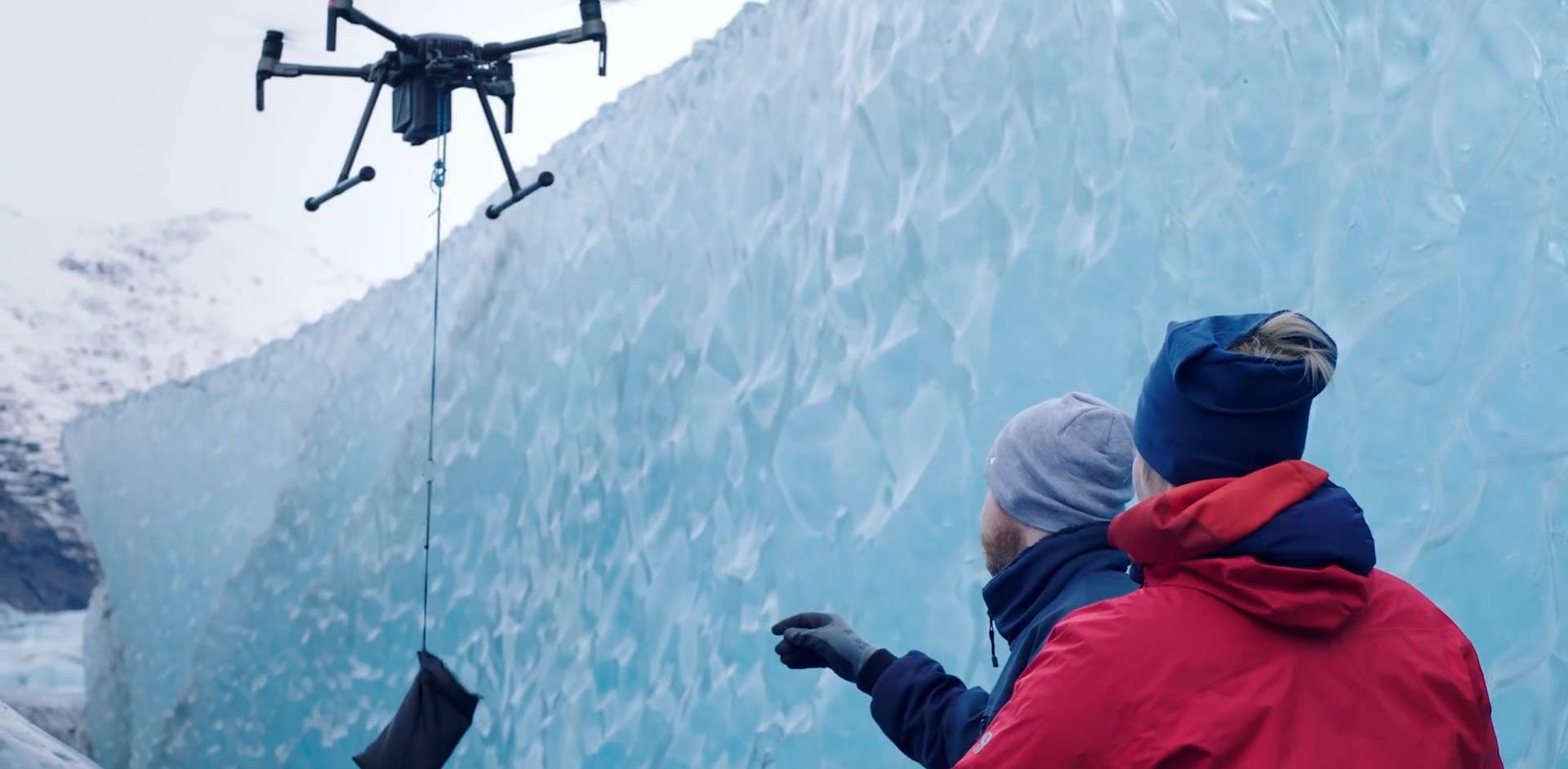

Using Drones for Emergency Response
Drones for public safety are becoming increasingly important for first responders in disaster situations. Whether it's a dangerous chemical leak in Florida or a raging chemical fire in Arkansas, emergency response teams all throughout the country are using drones to analyze the situation quickly and safely. A thorough aerial and thermographic depiction of the scenario can aid in identifying the source of the problem, assessing the risks, developing a strategy, and rescuing trapped persons.
Emergency scenarios create unique hurdles for first responders to overcome. Emergency drones can aid rescue crews in crisis circumstances by enabling greater awareness of the situation and making more effective decisions. First responders can deploy drones instead of risking their lives and entering risky situations blindly.
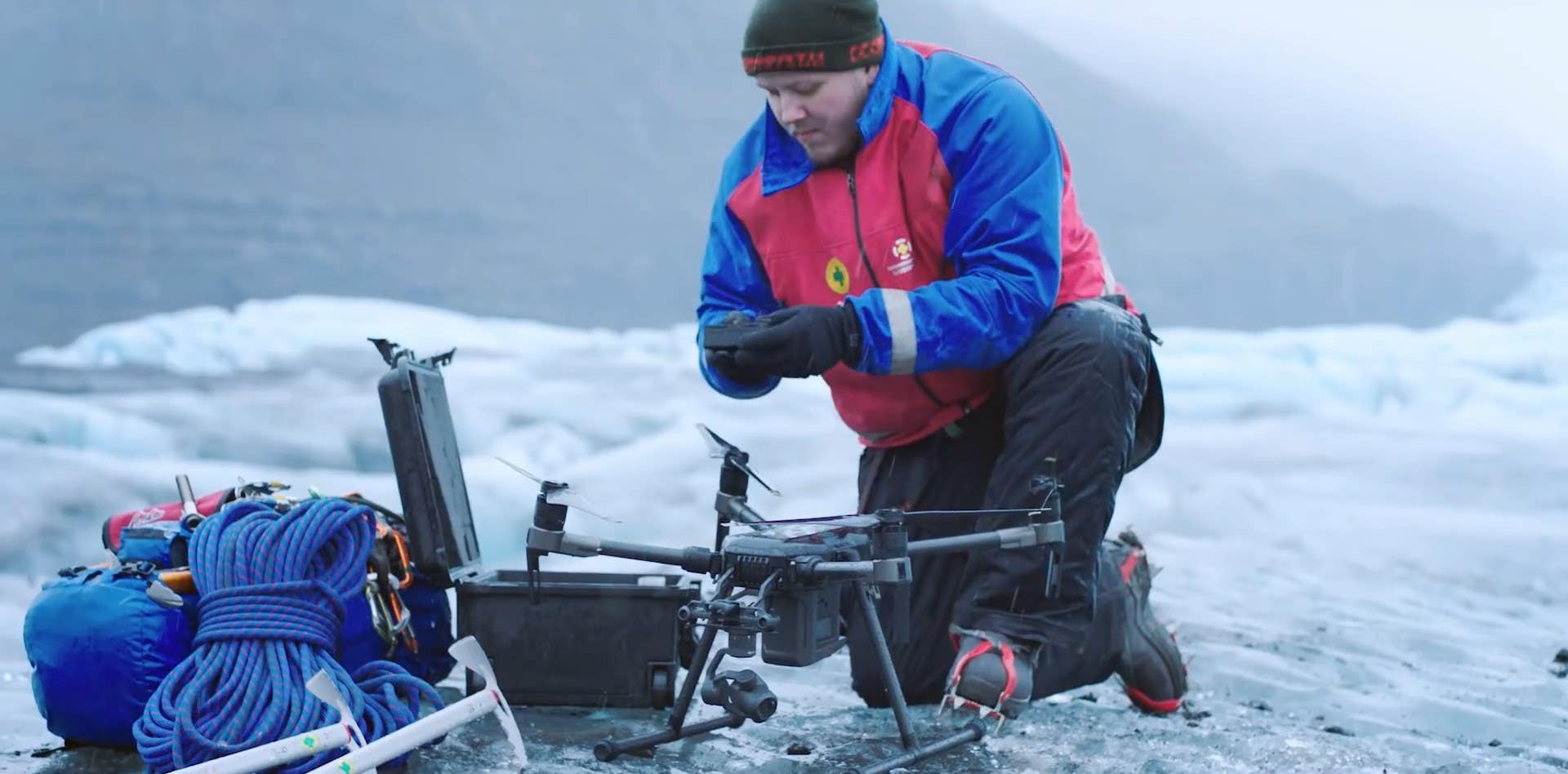

Search and Rescue with Drones
Natural disasters can occur at any moment and location, wreaking havoc. Not only victims but also first responders may become paralyzed due to the surrounding turmoil. It's no easy task to conduct search and rescue missions where even the rescuers confront life-threatening dangers.
Fortunately, drone pilots can quickly deploy UAVs in locations where people may be stuck. They can scan the area using thermal imaging cameras to find injured or unconscious persons. Having this knowledge on hand aids in steering the team on the right path.
For example, drones played a critical role in Norway's largest landslide rescue operation. Several DJI drones were deployed to cover a 2 square kilometer region. Rescuers utilized drones to map probable survivors and assess the threats. A fleet of drones supplied situational awareness, live footage, and 3D maps of the catastrophe site to emergency responders, who were vital in rescuing over 1000 disaster victims.
Drones have transformed how rescue efforts are planned in the aftermath of a natural disaster. Drones are not subject to the same logistical or technological difficulties as helicopters are. As a result, drones are increasingly being used as the first line of defense for faster and safer operations.
Drones provide a viable alternative to the more traditional methods of conducting search and rescue missions. They give rescuers a bird's eye view of the area allow them to observe factors in the environment that would otherwise be invisible to human eyes through thermal imaging.
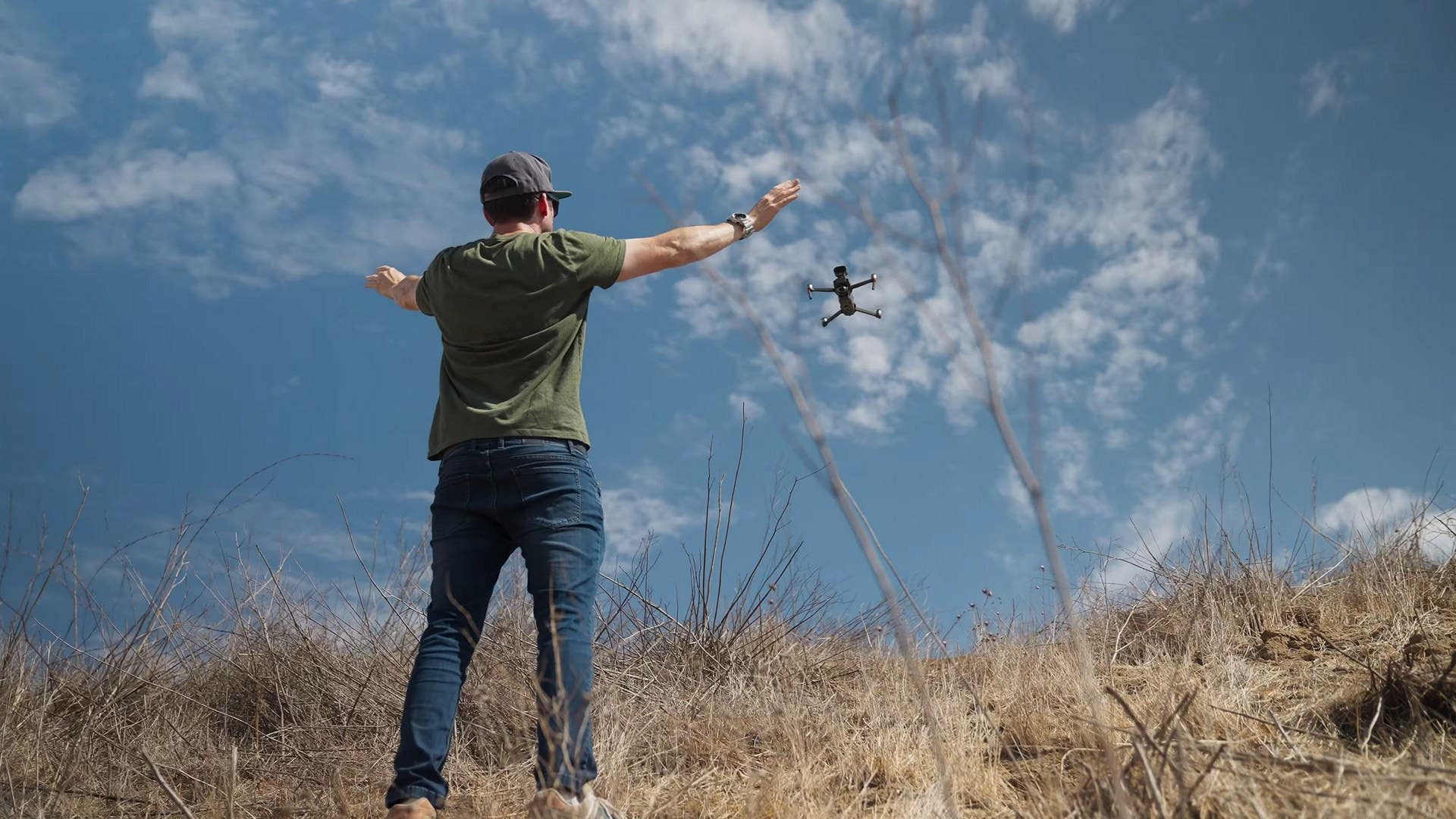

Drones for Crowd Monitoring and Law Enforcement
Drones can not only provide important information in an emergency, but they can also function as a deterrent to crowds becoming disorderly.
Police agencies are using drones worldwide to keep an eye on large crowds. These drones can keep an eye on the crowd and help spot potential trouble. Overall, drone crowd monitoring aids in the protection of everyone's safety.
In a recent example, police in the United Kingdom kept a close eye on an overcrowded Christmas market in Lincoln. The police's proactive preventive approach of employing a drone in this situation secured the public's safety.
Outside of the UK, Drones are being used by police agencies all over the world to monitor crime scenes, track suspects, and gather evidence. These drones have high-definition cameras that officers can use to acquire video footage of illegal conduct.
In Mexico, for example, a single police drone assisted in the arrest of over 500 offenders and the reduction of robberies by 30%
For law enforcement and search and rescue operations, capabilties like powerful optical and thermal imaging, as well as the capability to operate in less than ideal weather conditions are assets critical to saving lives. With its IP55 weather protection, fast-charging capability and more, the Matrice 30T ticks all the boxes needed for effective public safety operations.
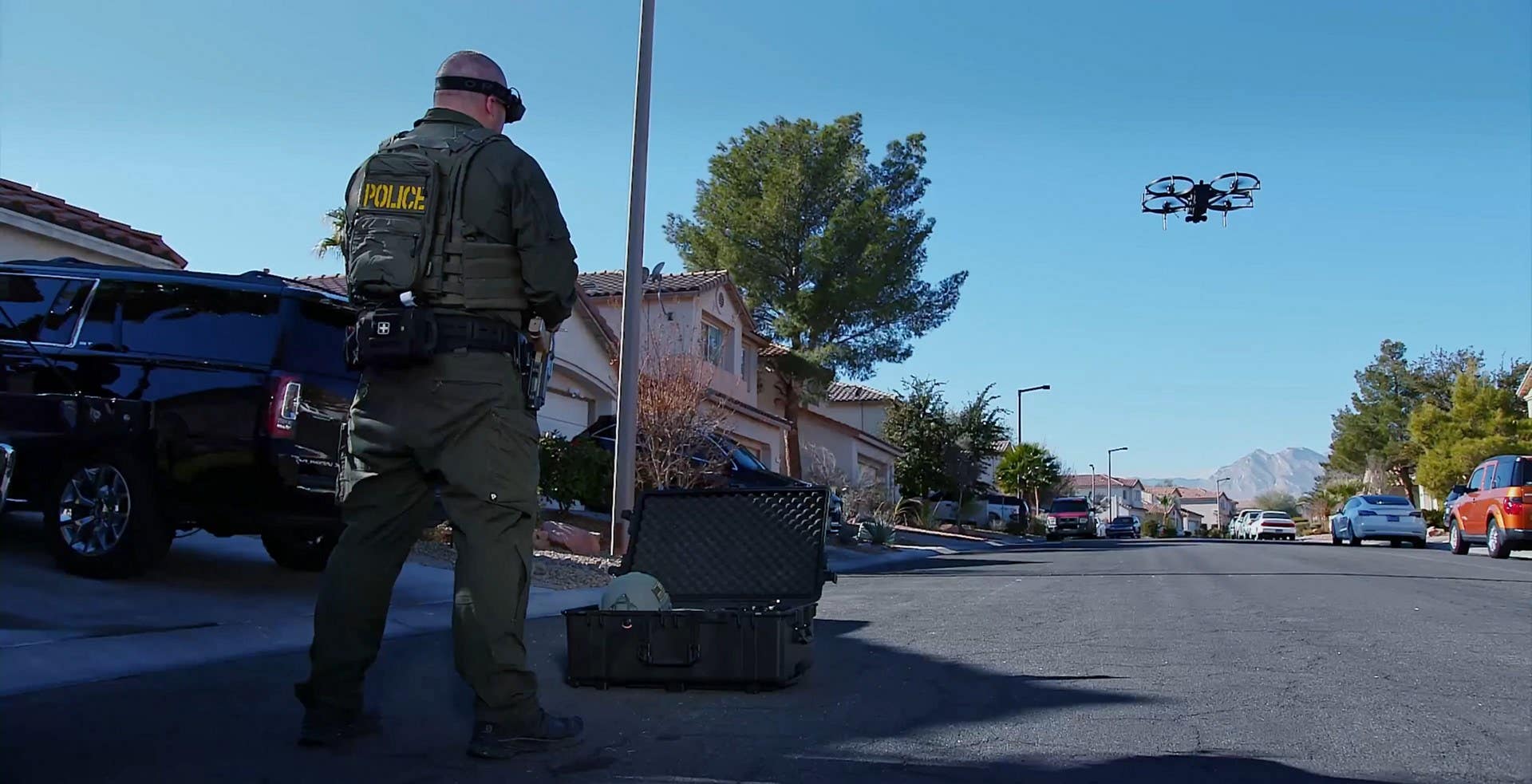

Drones As Tools For Humanitarian Aid
Drones are also being utilized to transport humanitarian aid to far-flung corners of the globe, which is possibly one of the noblest applications for these aircraft. African countries are pioneers in deploying unmanned aerial vehicles (UAVs) to drop medical supplies, food, clothing, and other humanitarian help.
Drone Involvement in Public Health
Drones are being used in Sweden to carry defibrillators to patients suffering from a heart attack in record time before an ambulance arrives.
While on his way to work, a doctor came across a 71-year-old man in cardiac arrest, and he began CPR to save the man's life. Meanwhile, a bystander dialed 911 for assistance. A drone arrived three minutes later with the much-needed defibrillator, which saved his life.
It's critical to have quick access to defibrillators if you're going to survive a cardiac arrest. Drones are being used to bridge the crucial time frame between the call for help and the arrival of said help.
Around 200,000 people in Sweden now have access to defibrillators delivered via drone.
These are yet more examples of drones saving lives.
What's even more interesting is how drones are being employed in previously unheard-of ways to benefit humanity. In other places, drones are being used to transport vaccines, medications, blood, medical specimens, and other medical supplies as a speedier and more cost-effective alternative mode of transportation. Drone technology has enabled massive savings in time and money.
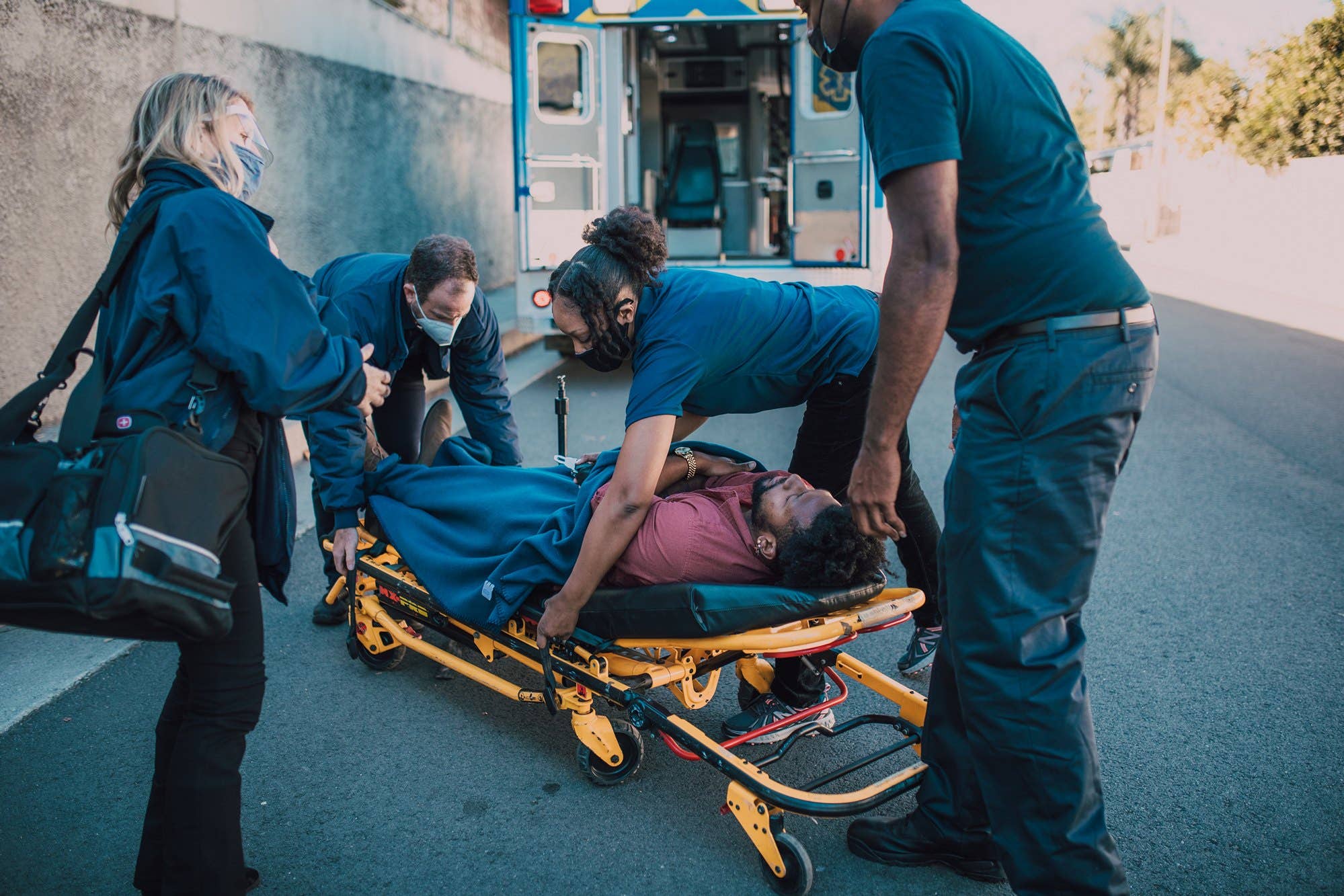

Conclusion
Drones are pushing boundaries and affecting hundreds of thousands of lives worldwide.
The flexibility of drones to handle different payloads (in particular the DJI M300 RTK) mean that they can handle all manner of enterprise and life-saving duties.
In addition, feature improvements such as fast charging and emergency landing capabilities present on drones like the DJI M30T represent even more ways to bring your operations to the next level of safety and efficiency.
As their capabilities improve over time, drones will continue to be a potent force for good around the globe.
Don't hesitate to get in touch with our team at Dronefly if you're an organization looking to make a positive impact with drones. We will supply your company with cost-effective, custom drone solutions to fit your requirements.
